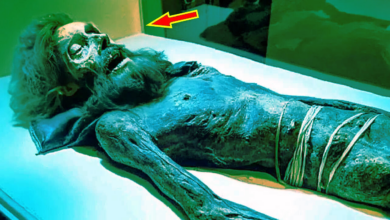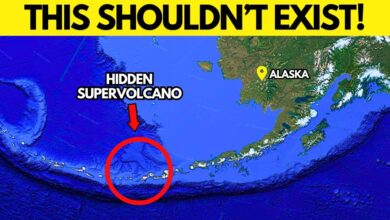Ancient Artifacts Were Just Discovered Underwater—And They Shouldn’t Exist
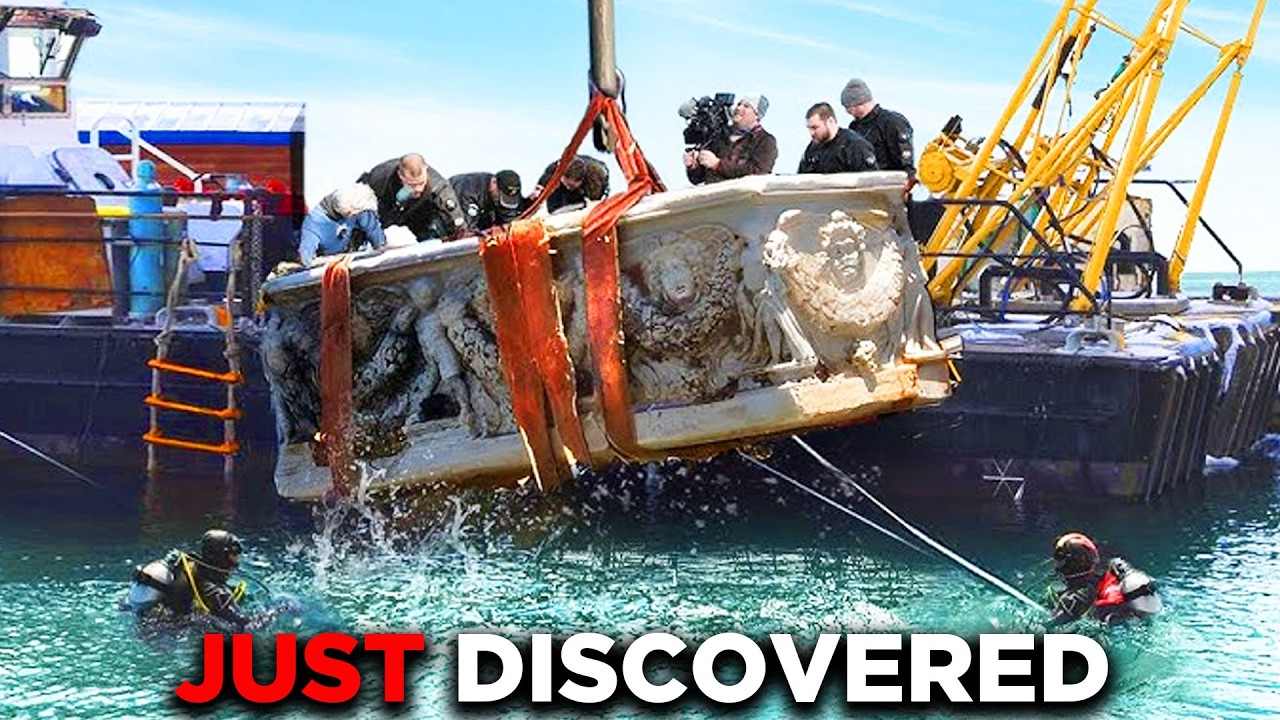
A Canaanite ship lies nearly a mile below the ocean floor, a Nabatean temple appears in an unlikely place, and Aboriginal Australian tools are found on land that was submerged more than 8,000 years ago – these artifacts are not only ancient, but also in locations that are completely at odds with what history has shown.
First up is the Canaanite shipwreck, discovered in June 2024 in the deep waters off the coast of Israel. The ship dates back to the Late Bronze Age, more than 3,300 years old. What makes this discovery special is its location – nearly a mile below the surface, sitting upright on the seabed as if it had never sunk. The clay vessels, which may have contained oil or wine, are still intact, with no trace of bones or fire. This is considered the deepest shipwreck ever discovered, proving that the Canaanites may have been long-distance seafarers, something that history had not previously confirmed.
Not far from the western coast of Italy, under the waters of the Mediterranean, researchers have discovered the remains of a Nabatean temple – something no one expected. The Nabateans, famous for building the city of Petra in Jordan, were a people of traders who lived mainly in the desert, not temple builders in Italy. Initially, archaeologists thought it might be a Roman structure, but upon closer examination, they found that the architecture did not resemble the Roman style. Some inscriptions also showed a connection to the land of the Nabateans. There are no written records of this temple, not even any ancient records mentioning it, making it a historical mystery.
In 2020, off the northwest coast of Australia, archaeologists found stone tools and traces of ancient camps in areas that are now submerged. These sites date back at least 8,500 years, meaning people lived, hunted, and made tools here before the seas rose with the end of the Ice Age. Stone blades, grinding wheels, and other tools were still intact under the sediment, confirming the oral stories about the transformation of this land.
On Abaco Island in the Bahamas, there is a deep water hole called Sawmill Sink. Under the dark water, divers have found the remains of extinct animals such as giant tortoises and ancient crocodiles. Notably, in 2004, they discovered the nearly intact skeleton of a young girl dating back more than a thousand years. Thanks to the oxygen-poor water environment, the remains were almost perfectly preserved, providing valuable information about human life at that time.
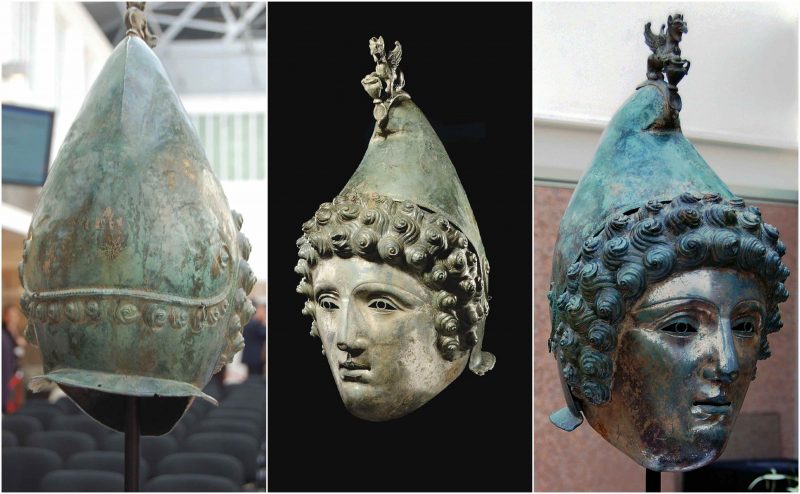
Off the coast of Croatia, in 2012, an amateur diver found a piece of a Roman cavalry helmet, possibly dating back to the 1st or 2nd century. Interestingly, the area was on a Roman shipping route, suggesting it could have belonged to a soldier who was lost at sea or an item that was lost during transport.
At the bottom of Lake Michigan, researchers discovered a strange stone circle at a depth of 40 feet in 2007. One of the stones had a mammoth carved into it, suggesting that the area could be thousands of years old, even older than Stonehenge.
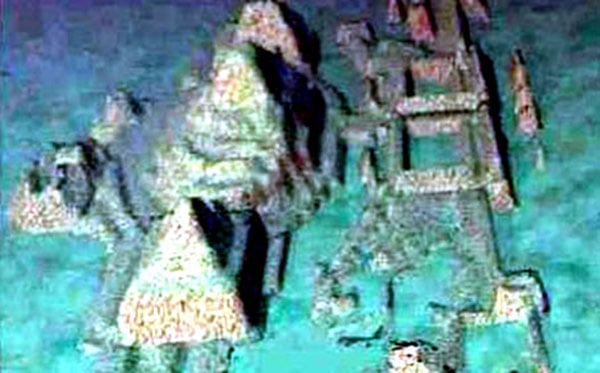
Off the coast of Cuba, sonar scans from the early 2000s revealed massive, symmetrical structures that looked like the streets and plazas of a submerged city more than 2,000 feet below the surface of the ocean. If it were an ancient city, it would be at least 10,000 years old, far older than known ancient civilizations like Egypt or Mesopotamia. However, due to the depth and limitations of the research, there is no definitive conclusion about the origins of these structures.
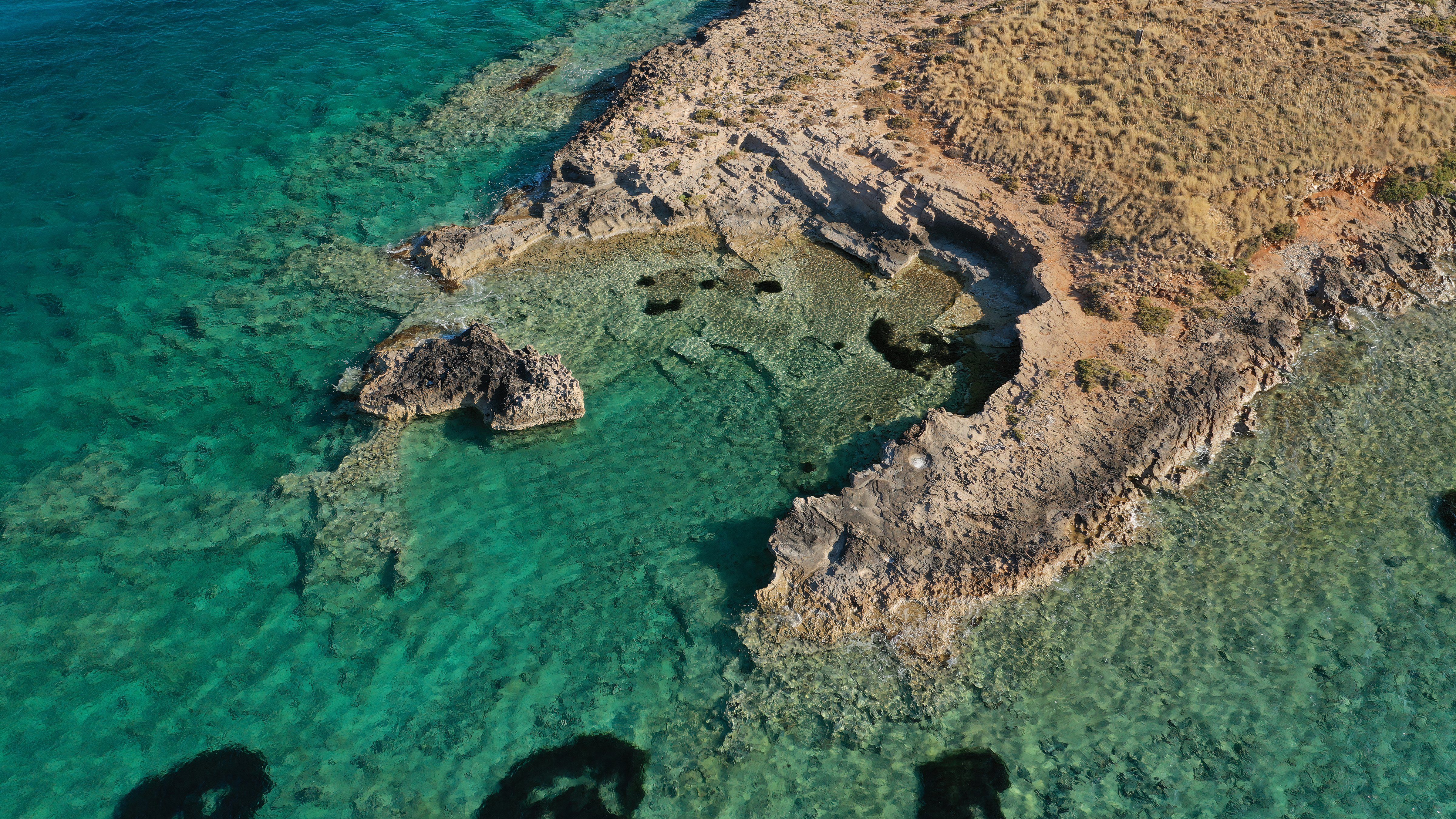
In Greece, the sunken city of Pavlopetri, which dates back more than 5,000 years, is one of the oldest submerged cities ever found. Due to rising sea levels and earthquakes, the city gradually disappeared under the ocean, but the foundations of the buildings, streets, and even the water supply system remained intact, giving scientists a glimpse into how people lived there millennia ago.
In the Bahamas, a hundreds-of-feet-long rock formation called the “Bimini Road” remains controversial. Some believe it is an ancient road, possibly related to the Atlantis legend, while geologists believe it is simply a natural phenomenon.
These discoveries not only challenge current understandings of human history, but also suggest that there are many more cities, structures, and mysteries hidden beneath the ocean floor, waiting to be discovered.







